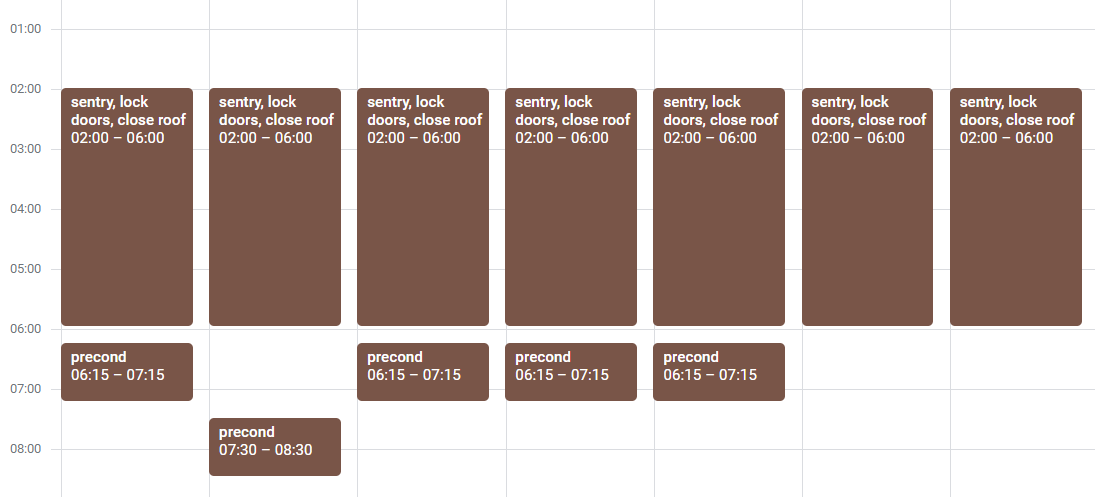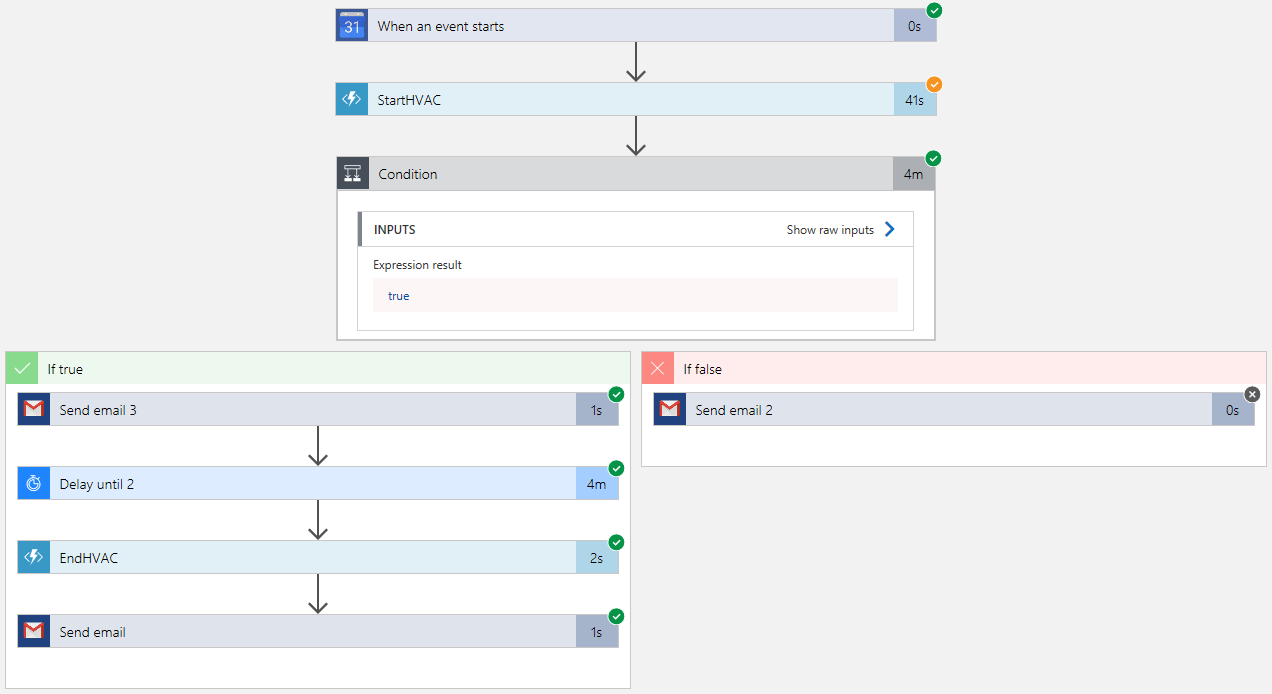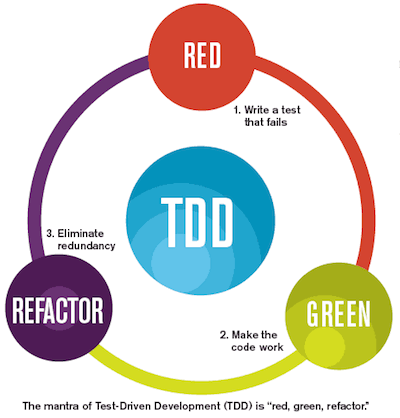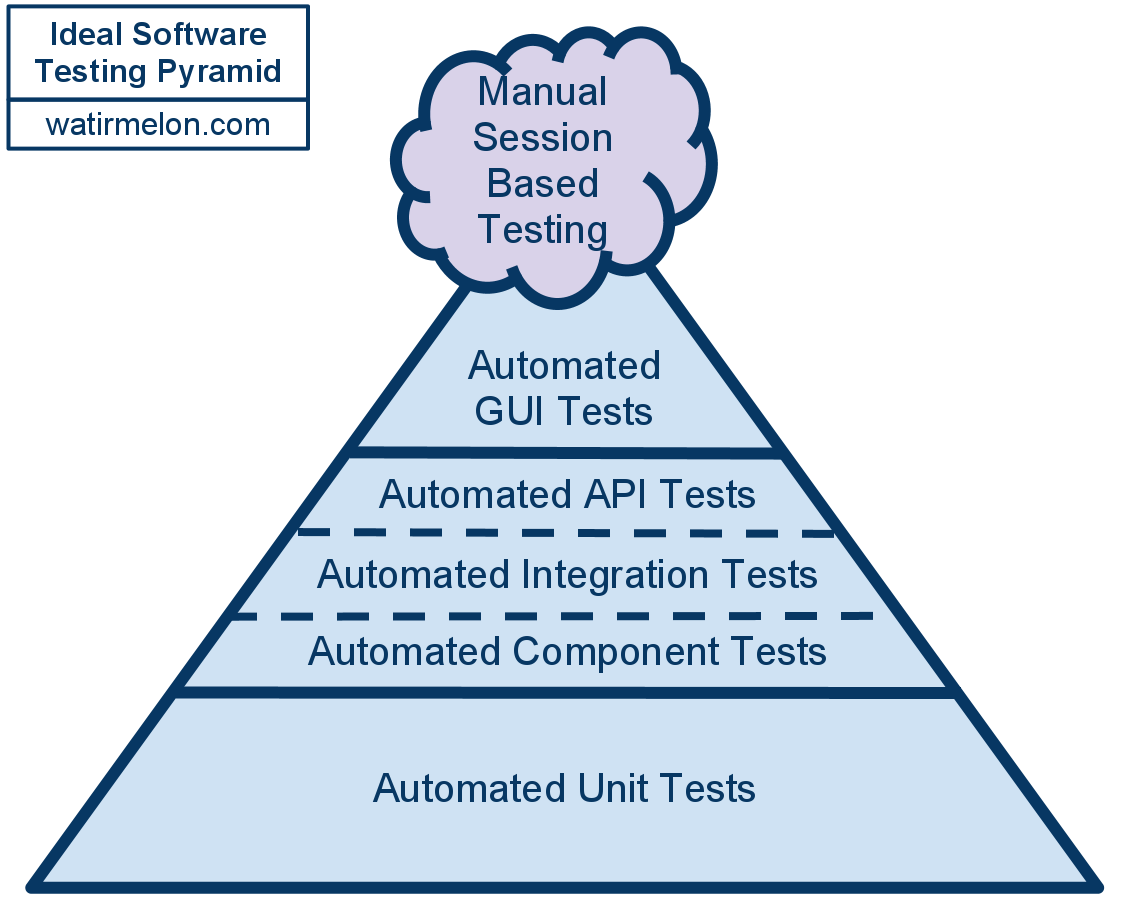The correcting case of the closed-off cloud
That title sounds like one from a boy’s book, a Tintin (Kuifje) or Spike and Suzy (Suske en Wiske) comic, but this blog is about Tesla, cloud computing, and hexagons.
In the middle of September 2020 Tesla suddenly blocked all network traffic originating from any of the major cloud providers, like Amazon, Google and Microsoft. A number of of third party Tesla apps were suddenly in big problems because of this, including my TeslaTasks. A lot of developers had to scram to work around that unexpected situation.







